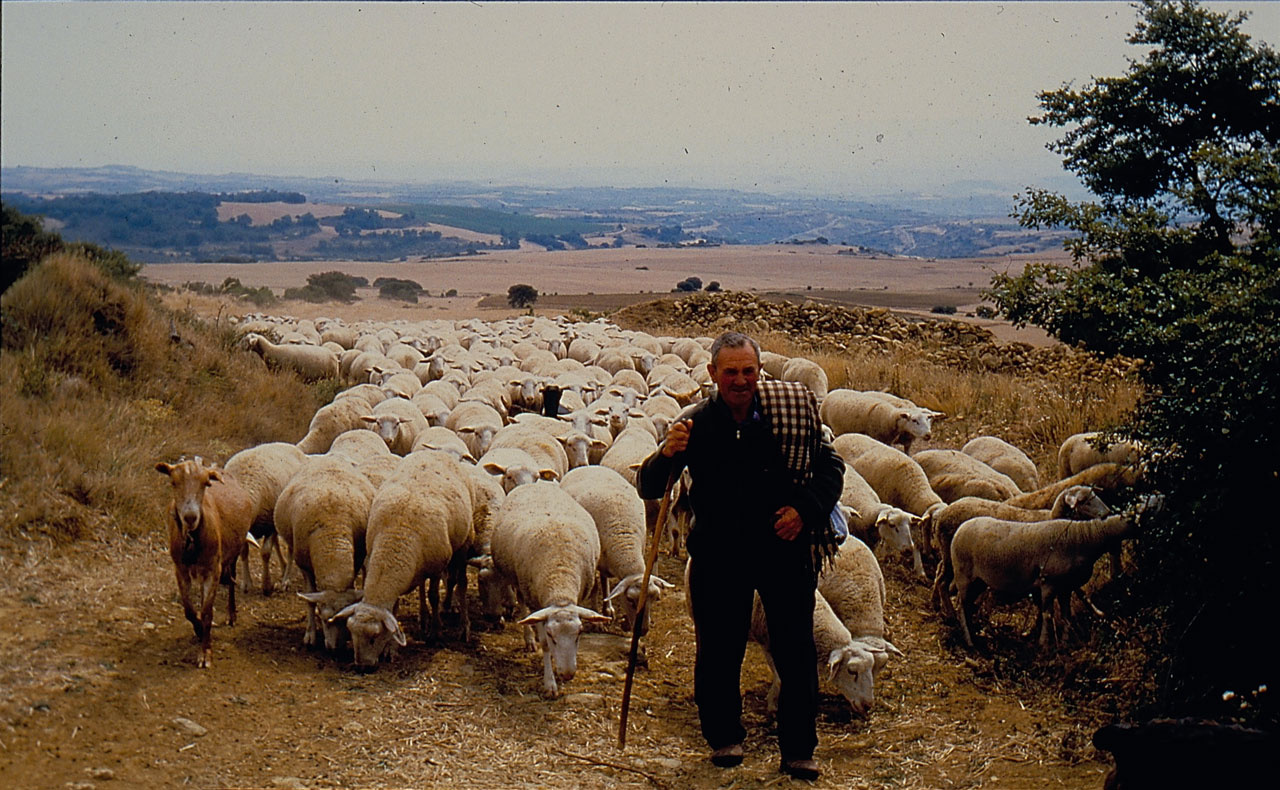Diferencia entre revisiones de «Ganaderia y pastoreo en vasconia/en»
De Atlas Etnográfico de Vasconia
(Página creada con «====[/atlas/ganaderia/Pastor-de-Lanciego-subiendo-a-Tolono-1996.jpg|Shepherd from Lanciego (A) on the climb to Toloño, 1996. Source: José Ángel Chasco, Etniker Euskalerr...») |
(Página creada con «====[/atlas/ganaderia/Establo-de-ovejas-moderno-Izurtza-2000.jpg|Modern stable for sheep. Izurtza (B), 2000. Source: Labayru Fundazioa Photograhic Archive: José Ignacio Ga...») |
||
| Línea 19: | Línea 19: | ||
====[/atlas/ganaderia/Pastor-de-Lanciego-subiendo-a-Tolono-1996.jpg|Shepherd from Lanciego (A) on the climb to Toloño, 1996. Source: José Ángel Chasco, Etniker Euskalerria Groups.|The Mediterranean watershed of the Basque Country was, and to a large extent is, characterized by the importance of the commons, the communal character of their exploitation by associations and brotherhoods comprising multiple municipalities still persisting today.||]==== | ====[/atlas/ganaderia/Pastor-de-Lanciego-subiendo-a-Tolono-1996.jpg|Shepherd from Lanciego (A) on the climb to Toloño, 1996. Source: José Ángel Chasco, Etniker Euskalerria Groups.|The Mediterranean watershed of the Basque Country was, and to a large extent is, characterized by the importance of the commons, the communal character of their exploitation by associations and brotherhoods comprising multiple municipalities still persisting today.||]==== | ||
| − | ====[/atlas/ganaderia/Establo-de-ovejas-moderno-Izurtza-2000.jpg| | + | ====[/atlas/ganaderia/Establo-de-ovejas-moderno-Izurtza-2000.jpg|Modern stable for sheep. Izurtza (B), 2000. Source: Labayru Fundazioa Photograhic Archive: José Ignacio García Muñoz.|The transformations that have taken place in the last few decades have fundamentally changed the world of livestock farming: no longer a way of life, it is now an economic activity.||]==== |
====[/atlas/ganaderia/Oveja-negra-en-el-rebano-Meaga-Getaria.jpg|Oveja negra en el rebaño. Meaga, Getaria (G). Fuente: Archivo Fotográfico Labayru Fundazioa: José Ignacio García.|El animal de color negro y sobre todo el macho cabrío es considerado en toda la zona encuestada protector del rebaño o del establo.||]==== | ====[/atlas/ganaderia/Oveja-negra-en-el-rebano-Meaga-Getaria.jpg|Oveja negra en el rebaño. Meaga, Getaria (G). Fuente: Archivo Fotográfico Labayru Fundazioa: José Ignacio García.|El animal de color negro y sobre todo el macho cabrío es considerado en toda la zona encuestada protector del rebaño o del establo.||]==== | ||
Revisión del 09:49 25 feb 2020

Livestock Farming and Shepherding in the Basque Country
Animal husbandry as a way of life rather than an economic opportunity: aspects related to domestic animals and the human-animal bond.
Dark-faced latxa sheep. Abadiño (B). Source: Rosa M.ª Ardanza, Etniker Euskalerria Groups.



_2000.jpg/1200px-3.84_Vaca_y_su_cria._Lasa_(BN)_2000.jpg)
.jpg/1200px-3.171_Illorra_Oidui_Aralar_(G).jpg)
_1982.jpg/1200px-3.304_Matoia_estutzen._Aralar_(G)_1982.jpg)
.jpg/1200px-3.356_Colmenar_en_Lasa_(BN).jpg)
